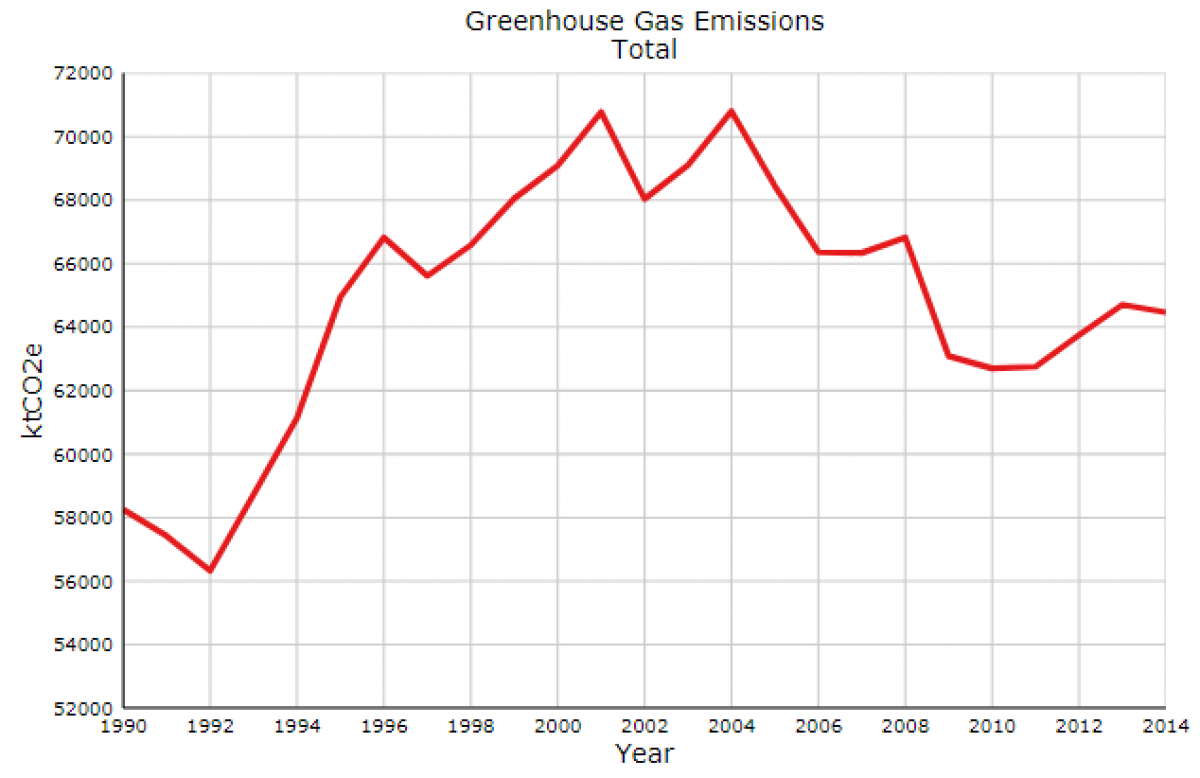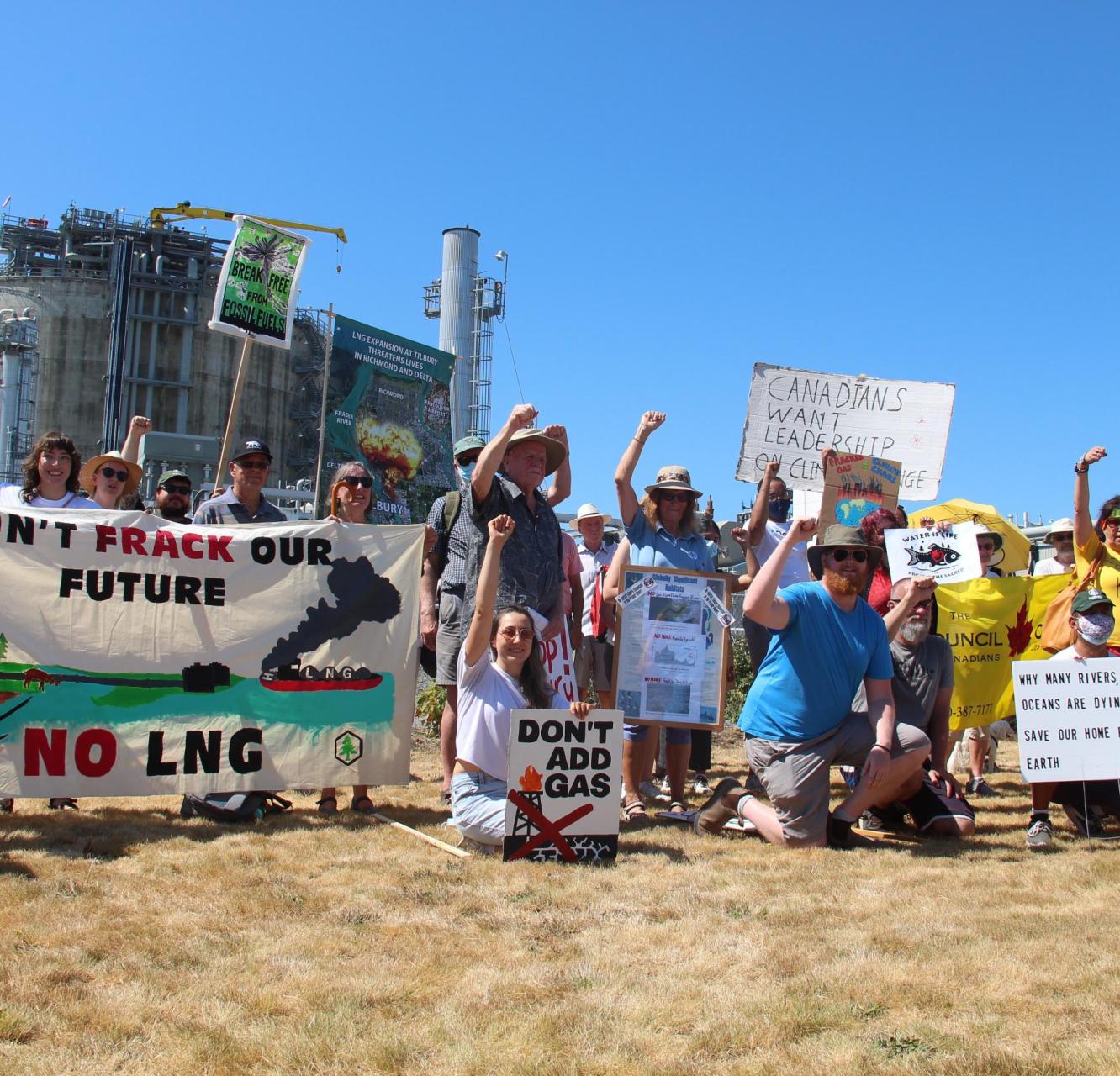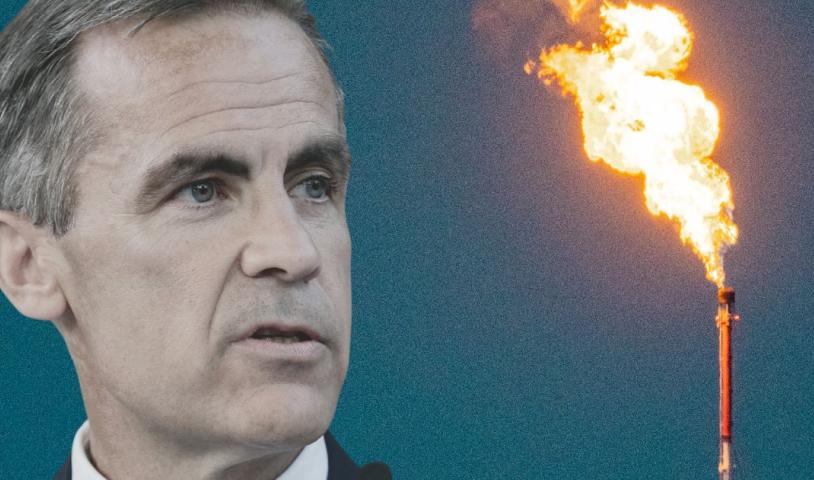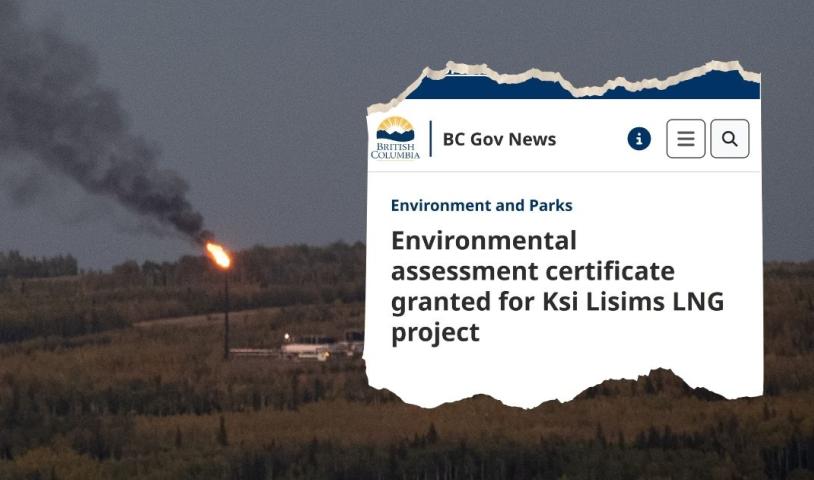Final investment decision expected next week on $40‑billion LNG project near Kitimat
Friday, September 28, 2018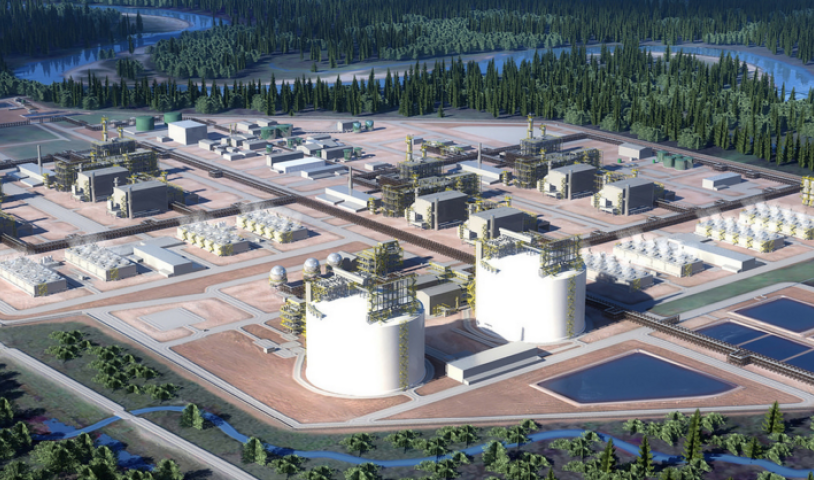
It raises questions whether the B.C. Greens might withdraw their support for the NDP government
The largest capital investment in B.C. history could be made as soon as next week.
That's because LNG Canada—a consortium of Shell Canada, PetroChina, Korea Gas Corporation, and Mitsubishi—is poised to announce whether it will spend around $40 billion on a liquefied-natural-gas terminal, new gas pipeline, and upstream natural-gas assets.
It would enable the corporation to export LNG from a large plant that would be built near Kitimat.
The Financial Post has reported that preparations are underway in Kitimat for an October 5 announcement, though the date could change.
Earlier this year, Shell Canada's parent corporation noted that global demand for LNG grew by 29 million tonnes last year, including 17 million tonnes in Asia.
The Kitimat plant could produce up to 26 million tonnes annually.
B.C. Green Leader Andrew Weaver has threatened to vote to bring down the NDP government if it fails to limit greenhouse-gas emissions.
He also emphasized his willingness to bring down the government in a letter earlier this year to LNG Canada CEO Andy Calitz.
"We believe that British Columbia must make its GHG reduction targets and climate action plan the centerpiece of its economic strategy," Weaver stated in the letter. "Our focus must be on prioritizing innovation within our economy and seeing new investments that ensure we are leaving the next generation with real opportunities to prosper."
LNG Canada's critics, such as Peter McCartney of the Wilderness Committee, have claimed that the project will increase provincial carbon dioxide emissions by 8.6 million megatonnes after including the fracking of natural gas that will be required to supply fuel to the facility.
The B.C. office of the Canadian Centre for Policy Alternatives has conducted extensive research regarding the climate implications of subsidizing the LNG industry. As a result of this work, CCPA economist Marc Lee has argued that the province needs to "put a pin in its LNG fantasy" and focus on creating green jobs.
LNG Canada executive Susannah Pierce, on the other hand, has maintained that her company has designed the lowest carbon-emitting plant of its kind in the world.
"For LNG Canada, our two trains will emit two megatonnes (MT) of CO2," she stated in an op-ed piece on Straight.com. "At full build out, we will have four trains and produce four MT. While we will be adding to B.C.’s CO2 emissions, the net gain in reducing global CO2 emissions will be significantly more based on life cycle analyses conducted on B.C. LNG."
The NDP government has legislated a 40 percent reduction in carbon emissions below 2007 levels by 2030, and a 60 percent reduction below 2007 levels by 2040.
In a commentary on Straight.com earlier this year, the former chief of staff to ex-premier Gordon Campbell, Martyn Brown, noted that there are no interim targets.
"In essence, the Horgan administration has assured itself that it will not have to meet any short-term climate targets in this term," Brown wrote. "Nor will it have to meet any statutory targets within its subsequent two terms in office if it should be lucky enough to govern beyond 2021.
"No government will be obliged to meet B.C.’s legislated emissions reduction targets for at least 12 years from today, or nine years after the next scheduled provincial election."
In 2015, the B.C. government's carbon emissions reached 63.3 million tonnes, according to the Vancouver Sun, which was just two percent lower than the figure in 2007.
